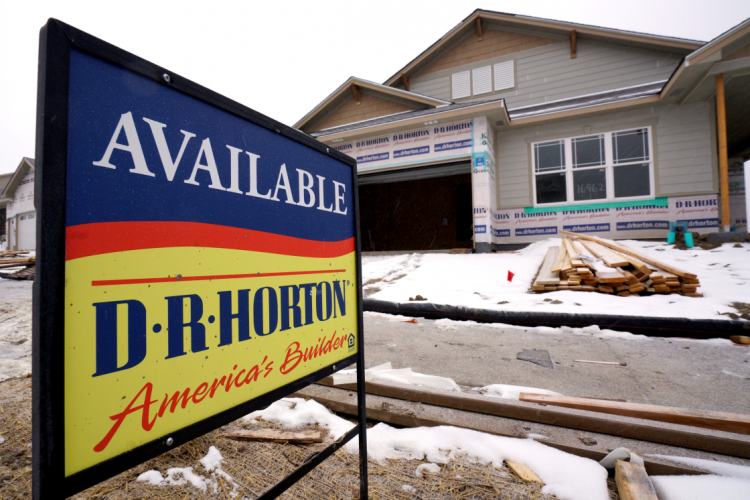The battle against inflation in the United States is approaching its final phase, with housing costs, which account for 35% of the Consumer Price Index (CPI), posing the biggest challenge. The future trend of rent is crucial in reducing inflation, as housing costs in the CPI are primarily based on rent, according to the U.S. Bureau of Labor Statistics.
Data from the National Association of Realtors indicates that the annual increase in U.S. rents has slowed to 3.3% as of November, lower than the average level during 2018-2019. However, it's important to note that a slowdown in rent increases takes time to reflect in the CPI.
Most tenants experience rent changes only once a year, causing a lag in the CPI compared to the costs paid for new leases. The rent component of the CPI includes both new and existing rental contracts, often lagging behind indicators that only include new leases.
Additionally, the Bureau of Labor Statistics conducts housing surveys every six months and uses a six-month moving average to calculate price changes, further delaying the data.
Given the significant proportion of rent in the CPI, a continued decline in rent will aid the Federal Reserve in completing its "final mile" more swiftly.
The housing cost in the U.S. CPI mainly consists of tenant rent and owner's equivalent rent, with the former representing the actual rent paid by tenants, accounting for 7.7% of the CPI, and the latter representing the hypothetical rent income if homeowners rented out their properties, accounting for 25.8% of the CPI. The Bureau of Labor Statistics considers housing a long-term investment and thus does not use house prices to calculate housing costs.
UBS economist Alan Detmeister forecasts that by the end of 2024, the housing portion of CPI inflation will drop to 3.75%. He believes this will give the Federal Reserve some breathing room for the lagging effect of rent decreases to permeate the data. By then, there would be little inflation left to combat.
The Federal Reserve is also aware of this, which might have been a factor in last week's suggestion of a potential rate cut next year. Fed Chairman Jerome Powell acknowledged in a post-meeting press conference last week that housing market activity has slowed and is significantly lower than a year ago.
It's noteworthy that U.S. housing prices rose by 6.5% in the year up to November. Without housing, the inflation rate during this period would have been just 1.4%.
According to the National Association of Realtors, housing prices in October rose by 3.4% year-over-year, setting a record high for October but still far below the 25.2% year-over-year increase in May 2021.






